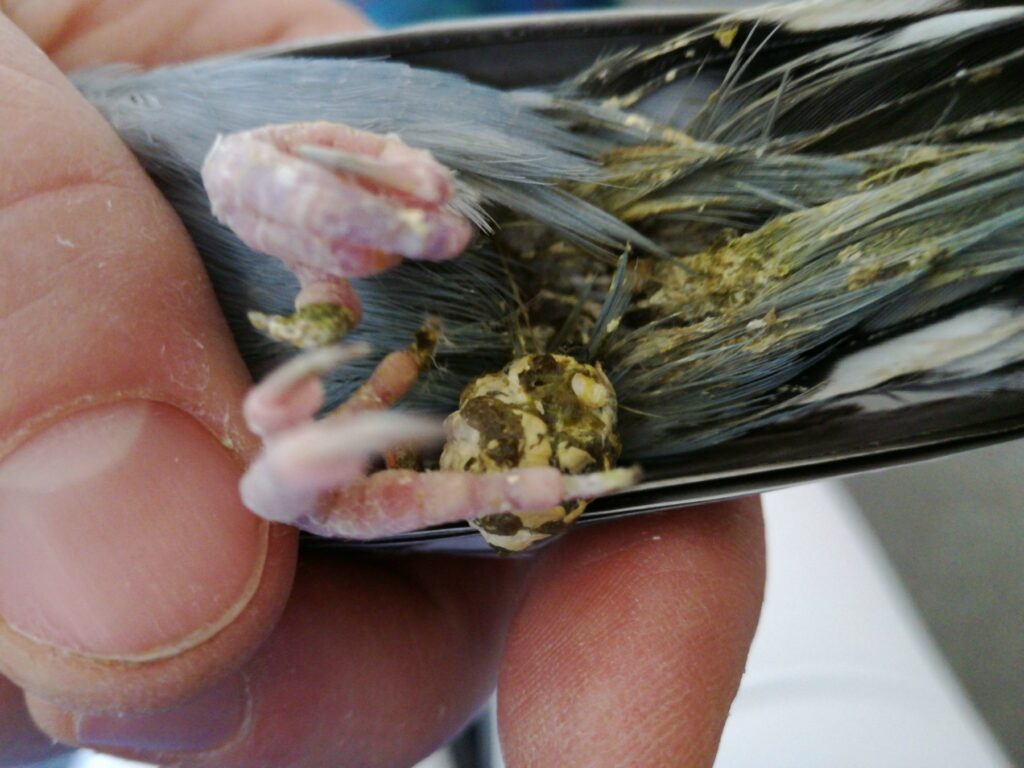
Vrbasová L., Molinková D., Knotek Z. Makrokrabdóza (megabakterióza). Macrorhabdosis (megabacteriosis). Veterinářství 2020;70(2):116-120.
SOUHRN
Makrorabdóza je celosvětově rozšířené onemocnění ptáků, jehož původcem je kvasinka Macrorhabdus ornithogaster. Onemocnění má především chronický průběh spojený s postupným chřadnutím ptáků končícím úhynem. Kvasinka napadá sekreční žlázky sliznice krčku mezi žláznatým a svalnatým žaludkem, způsobuje jejich zánět, atrofii až nekrózu. Může způsobovat mírné povrchové až hluboké léze zasahující přes kutikulu svalnatého žaludku do svaloviny. Postupně se zvyšuje pH v žaludku a snižuje se schopnost trávit potravu. Intravitální diagnostika, která se opírá o cytologické vyšetření vzorků trusu, má jen omezenou vypovídací hodnotu. Spolehlivější je použití metody PCR, která je citlivější. Terapeutickým standardem je použití amfotericinu B.
SUMMARY
Macrorhabdosis is a worldwide spread disease of birds, which causal agent is the yeast Macrorhabdus ornithogaster. This disease has mainly a chronic course associated with gradual wasting of birds ending fatally. The main reservoir presents infected birds. Most infections occur via the orofecal route. The yeast attacks the secretory glands of the cervical mucosa between the glandular stomach and gizzard, causing their inflammation, atrophy, even necrosis. It can cause mild superficial to deep lesions extending through the cuticle of the gizzard into the muscle. The pH in the stomach gradually increases and the ability to digest food decreases. Intravital diagnostics, based on cytological examination of fecal samples, has only limited predictive value. It is more reliable to use the PCR method, which is more sensitive. Therapeutic standard is the use of amphotericin B.*